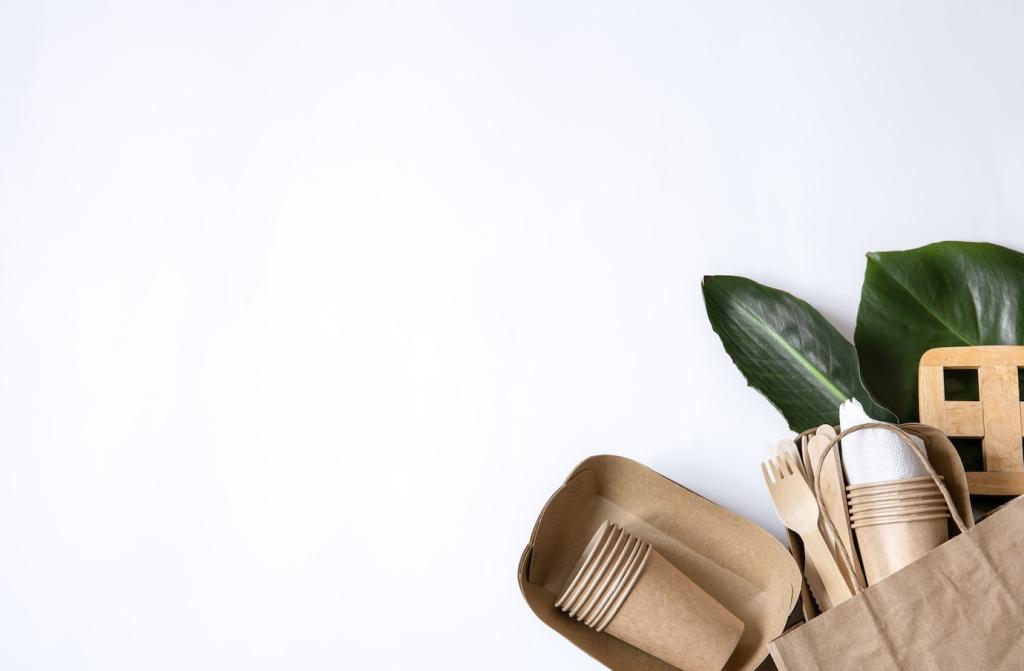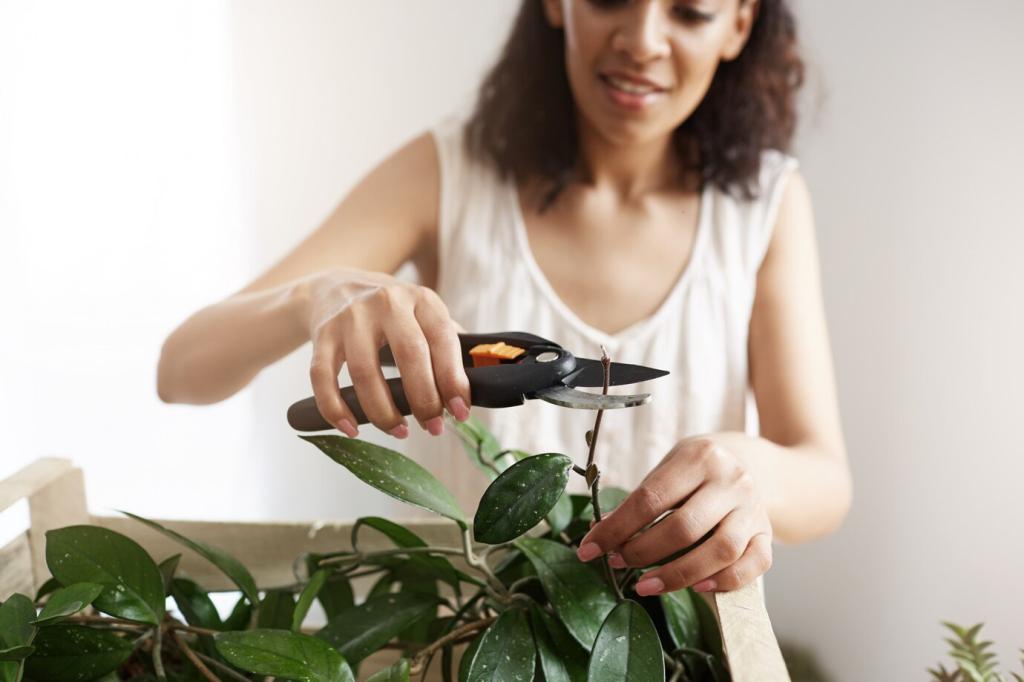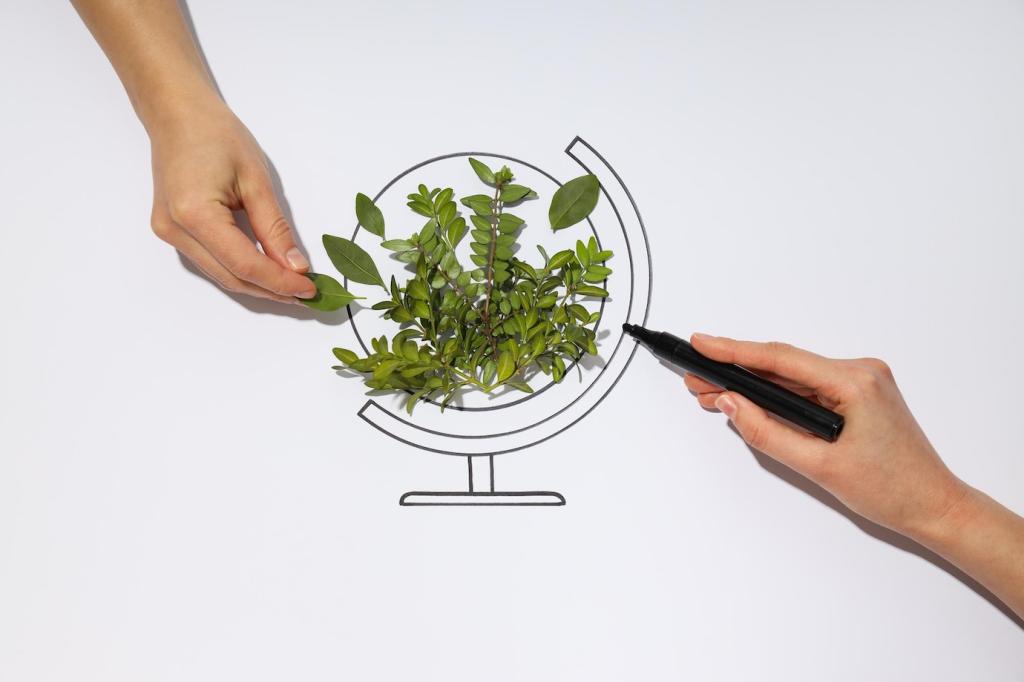Naturally Clean: Plant-Based Cleaners for Furniture
Chosen theme: Plant-Based Cleaners for Furniture. Welcome to a fresh, gentle way to care for your home. Today we explore how botanical ingredients protect finishes, lift stains, and leave your favorite pieces looking loved, not stripped. Join the conversation, share your tips, and subscribe for new eco-friendly routines.

Why Plant-Based Cleaners Work on Furniture
Coconut- or sugar-derived surfactants form tiny micelles that surround oily soil, releasing it from wood grain and fabric fibers. They rinse clean, protect finishes, and reduce residue, making them ideal for everyday dust, fingerprints, and smudges on cherished furniture surfaces.
Why Plant-Based Cleaners Work on Furniture
Mild acids like diluted white vinegar or citric acid break down mineral haze and fingerprints, while gentle soap buffers the solution. This balance helps avoid etching delicate finishes, supporting a clean that feels calm, careful, and consistently reliable for routine home care.
Ingredient Spotlight for Furniture Care
Castile Soap, The Versatile Base
Made from plant oils like olive and coconut, castile soap is concentrated yet mild. When diluted correctly, it lifts dust, skin oils, and light grime without stripping varnishes. A soft microfiber cloth and a follow-up dry buff help keep surfaces clean, calm, and beautifully maintained.

Finished and Unfinished Wood
For sealed wood, use a lightly soapy water solution, wring your cloth well, and wipe with the grain. Dry immediately and buff with a clean cloth. For unfinished wood, stick to very dry methods and minimal moisture, then condition sparingly with a compatible plant-based oil and wax blend.
Leather and Faux Leather
Aloe vera juice, a drop of castile soap, and a whisper of jojoba can clean and condition gently. Patch test first, keep products pH-balanced, and avoid heavy essential oils. After cleaning, buff with a soft cloth to restore suppleness and keep stitching tidy and resilient over time.
Fabric and Upholstery
Mist a diluted soap solution onto a clean cloth and blot stains rather than soaking. Follow with a plain water cloth to remove residue, then air dry with good ventilation. Baking soda can refresh odors; a light brush afterward realigns fibers and preserves the fabric’s original texture.
DIY Recipes You Can Trust
Combine 480 ml water, 15 ml castile soap, and 10 ml grain alcohol or cane-derived ethanol for improved drying. Optional: 2 ml citrus solvent for sticky spots. Shake gently. Lightly mist a cloth, not the furniture, and wipe. Subscribe to get printable labels and dilution charts straight to your inbox.


Essential Oils: Keep It Light
Use essential oils sparingly, if at all. Strong citrus components like limonene and citral can be sensitizing at high levels. Choose low dilutions, ventilate well, and wipe surfaces dry. Keep products out of reach of children and pets, and store clearly labeled, dated, and safely capped.

Patch Tests and Sensitive Finishes
Always test in a hidden corner before broader use, especially on vintage finishes and water-sensitive materials. Look for dulling, tackiness, or clouding. If any change appears, stop and adjust dilution. Small tests build confidence and prevent avoidable damage during regular furniture maintenance.
Sustainability and Storage That Make Sense
Refill, Reuse, Repeat
Store cleaners in glass or high-quality reusable bottles with durable sprayers. Label ingredients and dates so you can track freshness at a glance. Explore local refill shops or community swaps. Follow us for refill reminders and seasonal checklists that reduce waste and simplify your weekly cleaning rhythm.
Shelf Life and Freshness
Soap-based mixes often last several months, while water-heavy, unscented recipes are best in small batches. Ethanol at about ten percent can improve longevity and drying. If scent changes or separation persists after shaking, remix. Note your experiences and share updates to help others refine their formulas.
Ethical, Low-Impact Sourcing
Choose responsibly sourced waxes and plant oils, prioritize short ingredient lists, and favor suppliers committed to transparency. Upcycled citrus peels and regionally produced alcohols can reduce shipping footprint. Tell us where you source your favorites, and we will feature community picks in our next guide.

Stories From Our Community
After a game night, a reader tackled ring marks and syrupy smudges using a gentle soap solution and a dot of citrus solvent. The surface cleared without haze, and a final buff left a satin glow safe for toddlers’ handprints. Share your before-and-after photos, and inspire someone’s weekend refresh.
